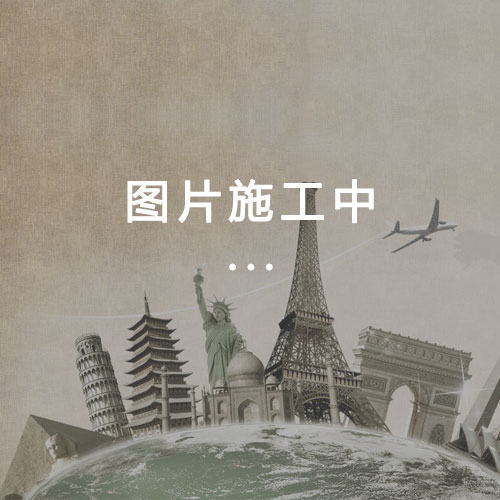
buford trading post
景点印象
Angell66
I stopped here because I enjoy small towns. In between Cheyenne and Laramie, the sign says population 1, but used to be two. His son grew up and moved. You can get gas, and coffee, convenience items at the store. Very cold up here in the winter. Don't see how he does it, but it's good to have gas and I like to see industrious hardy sorts.
lajollabob
Arriving just a few minutes after leaving Fort Union, I paid the $5 Senior admission fee at the Visitor Center (the former Commanding Officer's quarters known as Brotherton House), and because I was the only visitor there at the time, was given a private tour of the facility by a young and very enthusiastic park ranger. Unfortunately, there is little left of the fort’s wooden walls, and only an iron frame shows where the original guardhouse once stood. Other than the barracks and Brotherton House, only the Officer Of The Day's little square white structure has been restored, although still there is the small stone building in which Sioux medicine chief Sitting Bull surrendered to the Army at Fort Buford five years after the Little Bighorn battle. The ranger gave me an extensive tour of the barracks – the largest structure still standing – which was most enlightening because It has been restored to the state it was in the 1860’s. One item I found of interest was that because at one point the garrison was composed almost entirely of Galvanized Yankees (Confederate POWs who had agreed to leave Union prisons to fight in blue uniforms – but only against Indians and not their own people) all the rifles were locked up and could be obtained only when their Union sergeant unlocked the circular rack. This obviously was to prevent the ex-Confederates from taking the arms and rejoining the southern Army. In spite of the private and meticulous tour given by the ranger, I think I can only rate this old cavalry post as a B- – just because there are so few buildings still standing.


